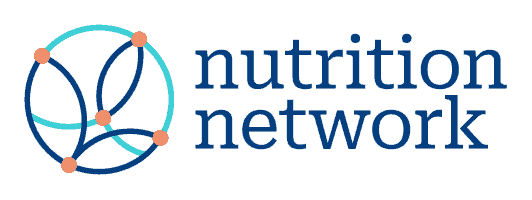
On June 16th, South Africans celebrate Youth Day, to pay tribute to the Soweto uprising in 1976. On this day, approximately 10 000 students marched peacefully against the Bantu Education Act. This anti-apartheid sentiment resulted in an unprecedented clash between police and youth.
It lead to international abhorrence against police brutality and shed light on the gravity of the country’s struggle against apartheid, changing the social-political landscape in South Africa.
While days like today help us to remember the courage and bravery, as well as the plight and struggle of the many South Africans who sacrificed their lives, it is also an opportunity for us to address some of the current challenges that continue to plague the youth in our country.
More than 40 years on, South African youth continue to face multiple challenges, due to issues such as crime, poverty, unequal educational opportunities, unemployment, food insecurity and drug abuse.
While none of these issues can be addressed in isolation, poverty remains at the forefront. Reports show that the groups that are most vulnerable to poverty in our society are children (aged 17 or younger), females, living in rural areas (1). This poverty exacerbates the issue of food insecurity.
Food insecurity is defined as the disruption of food intake or eating patterns because of lack of money and other resources (2). Almost 20% of South African households had inadequate or severely inadequate access to food in 2017, according to Stats SA (3)
Food insecurity perpetuates the cycle of malnourishment and malnutrition, leading to disease and death. The South African government has taken steps to address food insecurity in South Africa through its Food and Nutrition Security Policy that aims to streamline, harmonize and integrate the diverse Food and Nutrition Security programmes in the country.
On the other side of the coin, childhood obesity has also attracted considerable attention in recent years. According to the 2012 South African National Health and Nutrition Examination Survey (NHANES-1), the prevalence of chronic over-nourishment (overweight and obesity) is growing progressively and interventions are required to address the dual problems of chronic undernutrition, and the rising trend of overweight and obesity in children in South Africa. (4)
While the South African Government has implemented a number of initiatives that address food insecurity and malnutrition, including school nutrition and social protection programmes (5); the foods supported by these programs are generally high in refined carbohydrates and sugars. This further perpetuates the cycles of malnutrition and its links to chronic disease such as diabetes, hypertension and cardiovascular disease, in later adult years.
Through its various nutrition education programs, Eat Better South Africa, the primary beneficiary of all sales of the Nutrition Network and the communities outreach arm of The Noakes Foundation, is working tirelessly to bring awareness to and influence nutrition policy. These programs are aimed at addressing malnourishment and chronic disease in under-resourced communities across South Africa by highlighting the benefits of eating nutritious food that are cost-effective and easily accessible.
Supporting these programs can be done directly through donations or by enrolling in any of our specialised Nutrition Network trainings. For more information on how to become an Ambassador of the Nutrition Network, email our team at [email protected]
References:
- https://www.gov.za/speeches/statistics-south-africa-poverty-trends-south-africa-22-aug-2017-0000?gclid=Cj0KCQjwz4z3BRCgARIsAES_OVe5bCvpU9VxcMJmfqJvFNh5ShAGlXXwCaV8ZvQxcYfOpvZYtoAlvdMaAiaTEALw_wcB
- Nord M, Andrews M, Carlson S. Household food security in the United States, 2005 [Internet]. Washington: USDA Economic Research Service; 2005 [cited 2017 Nov 27]. Report No.: ERR-29. Available from: https://www.ers.usda.gov/webdocs/publications/45655/29206_err29_002.pdf?v=41334 [PDF – 880 KB]
- https://www.statssa.gov.za/?p=12135
- https://www.ingentaconnect.com/content/sabinet/msajcn/2013/00000026/00000003/art00002#Refs
- https://www.fao.org/africa/news/detail-news/en/c/470526/
